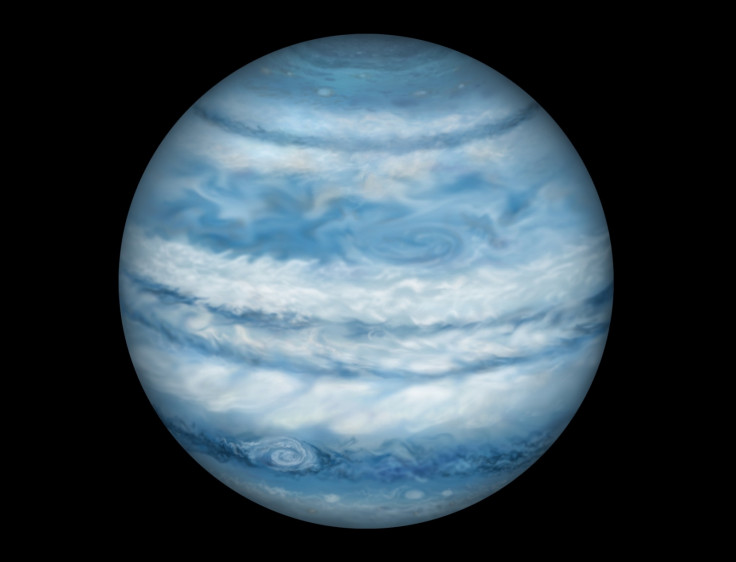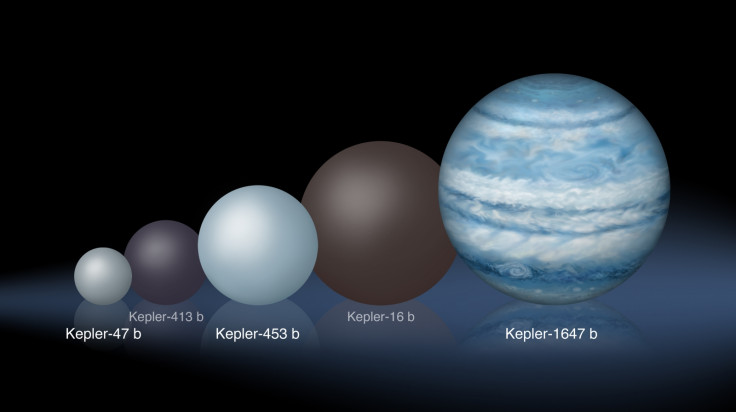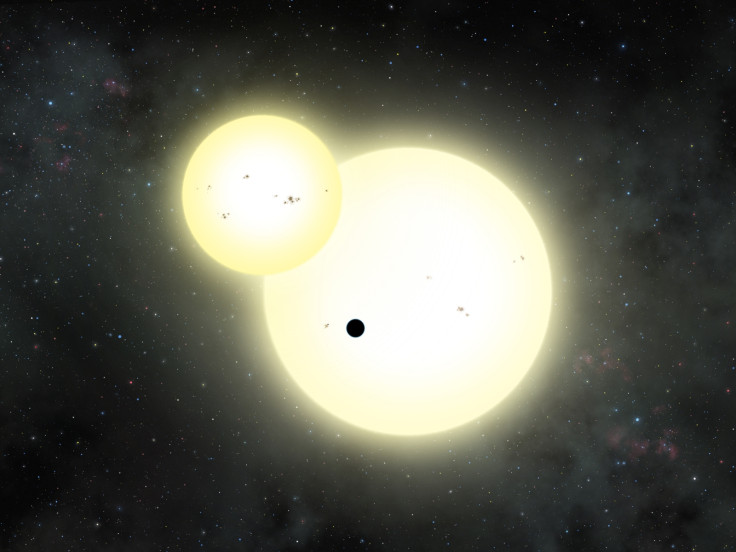Kepler-1647b: Massive 'Tatooine' planet in binary system could have moons suitable for alien life

One of the biggest exoplanets ever to be discovered in a double-star (binary) system could have moons "suitable for life as we know it", scientists have said. Although these potential moons have yet to be discovered, their position within the habitable zone of the solar system means they could host alien life.
The planet Kepler-1647b, is a gas giant located 3,700 light years away. It is also known as a circumbinary planet, or 'Tatooine' planet, because it orbits two stars (like Luke Skywalker's home planet in Star Wars).
Scientists at the San Diego State University and Nasa's Goddard Space Flight Centre presented their discovery at a meeting of the American Astronomical Society, while a research paper on Kepler-1647b has been accepted for publication in the Astrophysical Journal.
As with other exoplanets, Kepler-1647 b was discovered by measuring dips in the brightness of the stars – indicating something large is passing in front of it and blocking out some of the light. However, finding exoplanets orbiting two stars is difficult: "The transits are not regularly spaced in time and they can vary in duration and even depth," study co-author William Welsh explained.

A transit of Kepler-1647b was first noticed in 2011, but it was several years before another could be recorded to confirm its presence. Eventually, however, researchers were able to identify the planet and work out its mass and radius.
It was found to be almost identical to Jupiter, making it one of the largest circumbinary planets every found. Furthermore, the team established it takes some 1,107 days – or just over three years – to orbit its host stars. This is an unusually long orbit for circumbinary planets, which are normally found far closer to their stars.

The stars around Kepler-1647b orbits are similar to the Sun – one is slightly brighter and the other slightly smaller. The planet is 4.4-billion-years-old (about the same age as Earth) and because of its distance from its stars, Kepler-1647b sits within the habitable zone of the solar system – the region where conditions are right for liquid water to exist (not too hot and not tool cold).
While the planet itself is unsuitable to host life, if it has any large rocky moons – like Jupiter for example, roughly the same size as Earth's own moon – they could provide the conditions right for life. Finding these moons would be extremely challenging, however, with even larger moons having an extremely short transit period.
"Habitability aside, Kepler-1647 b is important because it is the tip of the iceberg of a theoretically predicted population of large, long-period circumbinary planets," Welsh added.
© Copyright IBTimes 2025. All rights reserved.






















